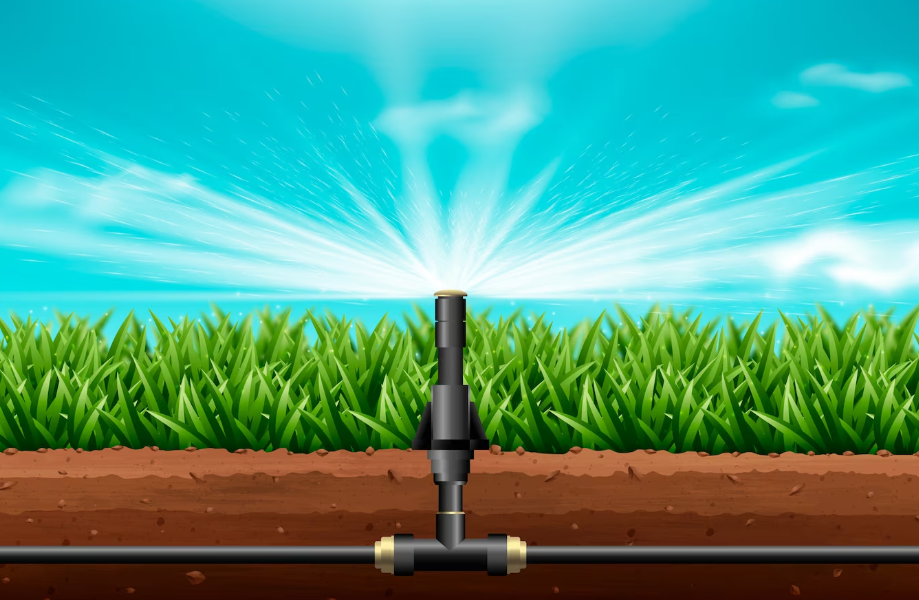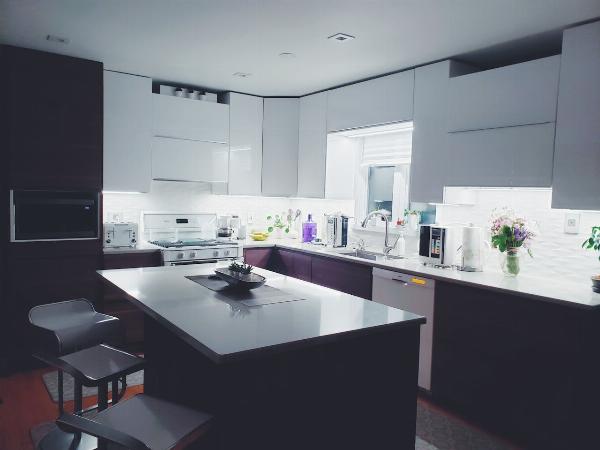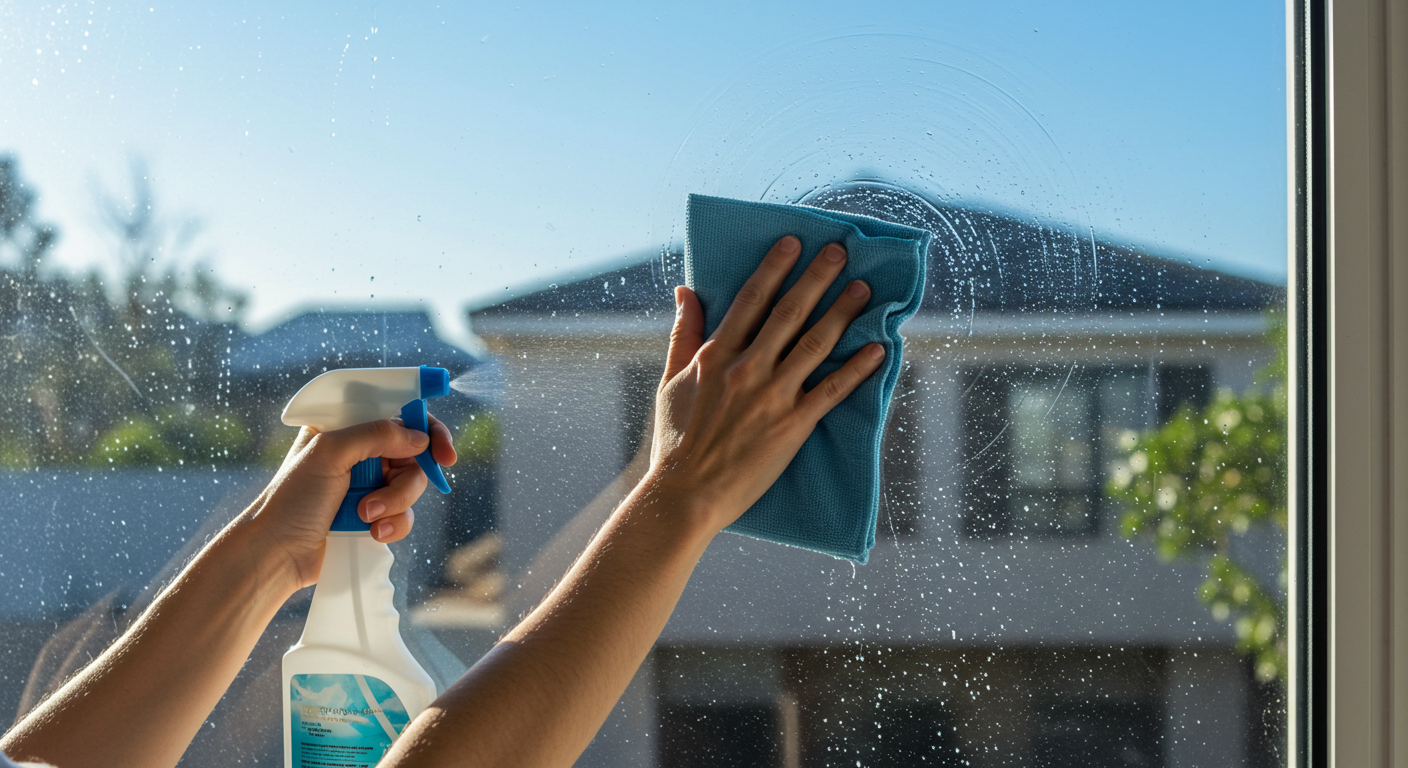The Ultimate Guide to Irrigation Design for Water-Wise Landscaping

Strong 8k brings an ultra-HD IPTV experience to your living room and your pocket.
A well-designed irrigation system is the backbone of any thriving landscape. Whether you're maintaining a residential lawn, a commercial property, or an agricultural field, proper irrigation design ensures efficient water use, healthier plants, and lower utility costs.
With droughts becoming more frequent and water restrictions tightening, optimizing your irrigation system isn’t just smart—it’s essential. In this guide, we’ll explore:
Why irrigation design matters
Key components of an efficient system
Different types of irrigation methods
Best practices for water conservation
Common mistakes to avoid
By the end, you’ll have the knowledge to design (or upgrade) an irrigation system that keeps your landscape green while saving water and money.
Why Proper Irrigation Design Matters
1. Conserves Water
Traditional watering methods, like manual sprinklers or hose watering, often lead to overwatering, runoff, and evaporation. A well-planned irrigation system delivers water precisely where and when it’s needed, reducing waste by up to 50%.
2. Saves Money
Water bills add up quickly, especially in dry climates. An efficient irrigation system:
Reduces water usage (lower bills)
Prevents plant loss (saves replacement costs)
Minimizes maintenance (fewer leaks and repairs)
3. Promotes Healthier Plants
Overwatering can drown roots, while underwatering stresses plants. A properly designed system ensures:
Even water distribution
Deep root hydration
Reduced disease risk (from excess moisture)
4. Supports Sustainability
With climate change impacting water supplies, smart irrigation design helps:
Comply with local water restrictions
Reduce environmental strain
Use rainwater and recycled water efficiently
Key Components of an Efficient Irrigation System
1. Water Source & Pressure Regulation
Municipal water vs. wells vs. rainwater harvesting – Choose based on availability and cost.
Pressure regulators – Prevent pipe damage and ensure even water flow.
Backflow preventers – Keep contaminated water from entering clean supply lines.
2. Zoning & Plant Grouping
Different plants have different water needs. Group them into hydrozones:
High-water-use zones (lawns, vegetable gardens)
Moderate zones (shrubs, perennials)
Low-water zones (native plants, succulents)
3. Irrigation Method Selection
System Type Best For Water Efficiency
Drip Irrigation Gardens, shrubs, trees ★★★★★ (Most efficient)
Rotary Sprinklers Large lawns, sports fields ★★★☆☆
Spray Sprinklers Small lawns, flower beds ★★☆☆☆
Soaker Hoses Vegetable gardens, hedges ★★★★☆
Smart Controllers All systems (automation) ★★★★★
4. Smart Technology Integration
Weather-based controllers – Adjust schedules based on rain, humidity, and temperature.
Soil moisture sensors – Water only when needed.
Wi-Fi-enabled systems – Control remotely via smartphone.
Best Practices for Water-Efficient Irrigation
1. Water at the Right Time
Early morning (4–8 AM) – Reduces evaporation and wind interference.
Avoid midday watering – Up to 30% of water can be lost to evaporation.
2. Adjust for Seasons
Spring/Fall: Water 1–2 times per week.
Summer: Increase frequency (but avoid overwatering).
Winter: Reduce or shut off systems in freezing climates.
3. Mulch & Improve Soil
Mulch retains moisture and reduces evaporation.
Compost-enriched soil holds water better, reducing irrigation needs.
4. Regular Maintenance
Check for leaks (wet spots or unusually high water bills).
Clean filters and nozzles to prevent clogs.
Audit your system annually – Run tests to ensure even coverage.
Common Irrigation Design Mistakes to Avoid
❌ Overwatering
Signs: Mushy soil, fungus growth, yellowing leaves.
Fix: Use a soil moisture meter to gauge needs.
❌ Poor Sprinkler Placement
Problem: Watering sidewalks, driveways, or walls.
Fix: Adjust head angles or switch to drip irrigation in tight spaces.
❌ Ignoring Soil Type
Sandy soil: Drains quickly → shorter, frequent watering.
Clay soil: Holds water → longer, less frequent cycles.
❌ Using Outdated Technology
Old sprinkler systems waste thousands of gallons yearly.
Upgrade to smart controllers for automated efficiency.
A well-planned irrigation design saves water, money, and time while keeping your landscape vibrant. By:
✔ Choosing the right system (drip, sprinkler, or smart tech)
✔ Grouping plants by water needs
✔ Using weather-based controllers
✔ Maintaining the system regularly
FAQ About Irrigation Design
Q: How much does a new irrigation system cost?
A: Typically $1,500–$5,000, depending on property size and system type.
Q: Can I install an irrigation system myself?
A: DIY is possible for drip systems, but professional installation ensures optimal efficiency.
Q: What’s the #1 mistake homeowners make with irrigation?
A: Overwatering—it wastes water and harms plants.
Q: Are smart irrigation systems worth it?
A: Yes! They save 20–50% on water bills and adjust automatically.
Note: IndiBlogHub features both user-submitted and editorial content. We do not verify third-party contributions. Read our Disclaimer and Privacy Policyfor details.







